
The plot served as an ancient Muslim tradition. The sacred carpet of Kiswa, a religious shrine of Muslims, is intended for the vestments of the main sanctuary, the Kaaba in Mecca. The carpet was placed in a special structure – makhmal, hoisted on a camel, and accompanied by a solemn procession of pilgrims and believers the caravan walked through the streets of Cairo, heading for Mecca.
At the end of the Hajj, believers received small portions of the carpet and took them to different parts of the Muslim world with them. Every year the best masters of Egypt re-woven and embroidered the sacred carpet to transfer it to Mecca. When pilgrims returned to Cairo, they were greeted by a festive crowd of citizens.
The ritual of the meeting was associated not with the carpet, but with the return of the pilgrims themselves and the mahmal, who was venerated for the sacred object. Makovsky was in Cairo several times and was able to observe the processions of pilgrims as they were going to Mecca, and returning back. Since the author’s title of the painting speaks of the transfer of the sacred carpet, the procession can only be sent from Cairo to Mecca.
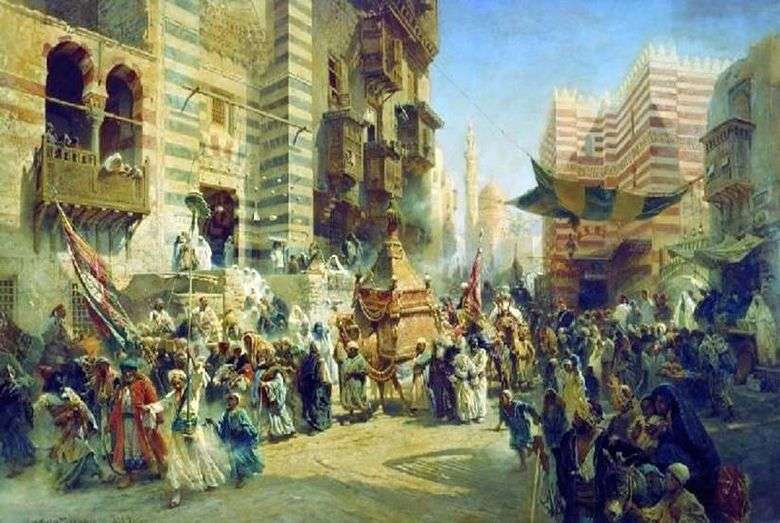 La transferencia de la alfombra sagrada en El Cairo – Konstantin Egorovich Makovsky
La transferencia de la alfombra sagrada en El Cairo – Konstantin Egorovich Makovsky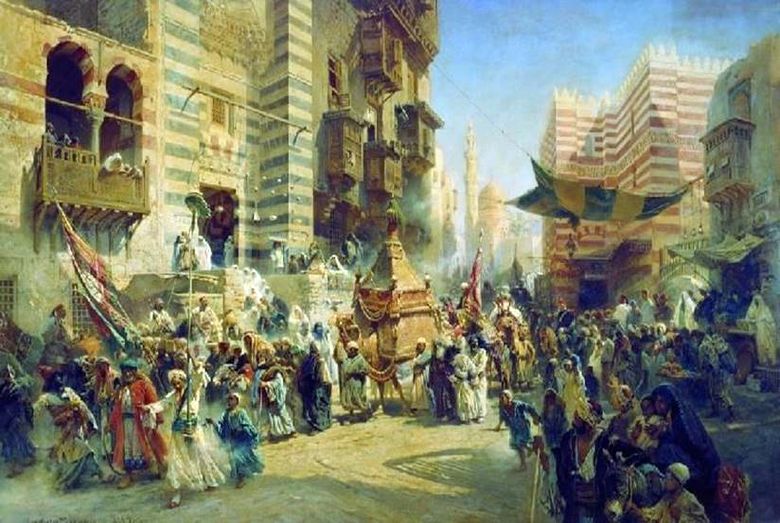 Déplacement du tapis sacré au Caire – Konstantin Egorovich Makovsky
Déplacement du tapis sacré au Caire – Konstantin Egorovich Makovsky Carpet-plane by Victor Vasnetsov
Carpet-plane by Victor Vasnetsov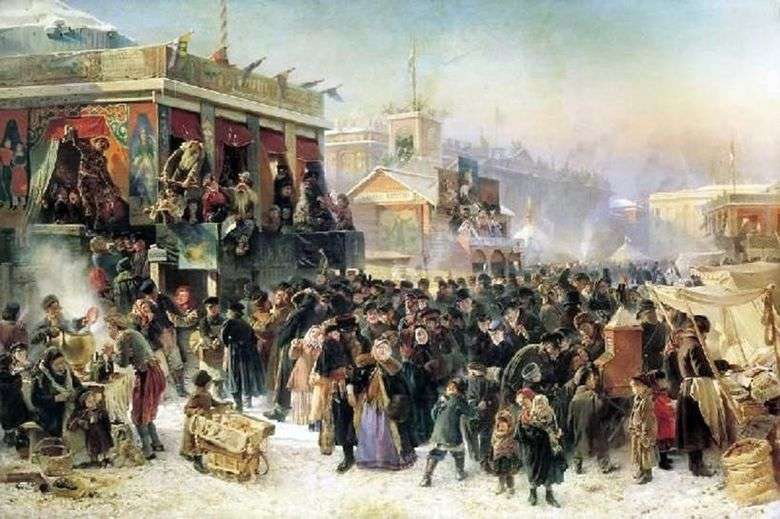 Fiestas durante el Carnaval en la Plaza Admiralteyskaya en San Petersburgo – Konstantin Egorovich Makovsky
Fiestas durante el Carnaval en la Plaza Admiralteyskaya en San Petersburgo – Konstantin Egorovich Makovsky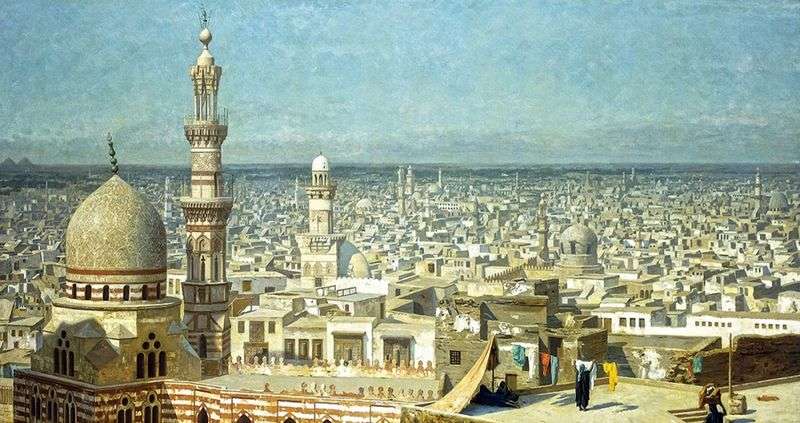 View of Cairo by Jean-Leon Jerome
View of Cairo by Jean-Leon Jerome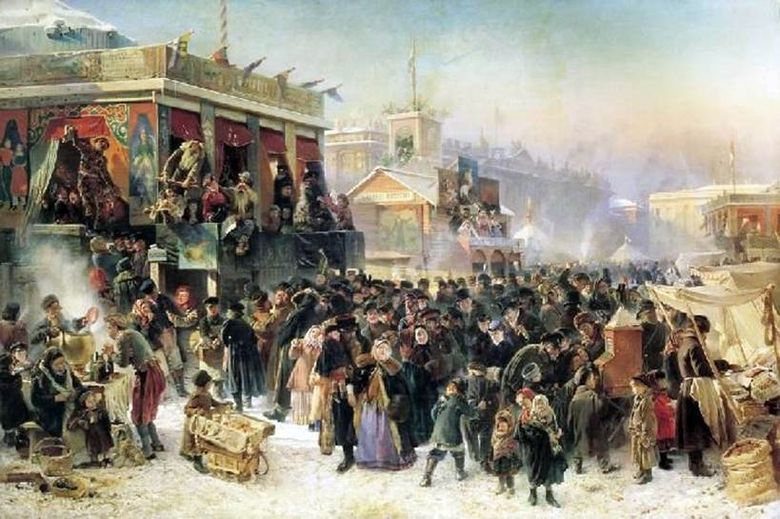 Festivités pendant le Shrovetide sur la place de l’Amirauté à Saint-Pétersbourg – Konstantin Egorovich Makovsky
Festivités pendant le Shrovetide sur la place de l’Amirauté à Saint-Pétersbourg – Konstantin Egorovich Makovsky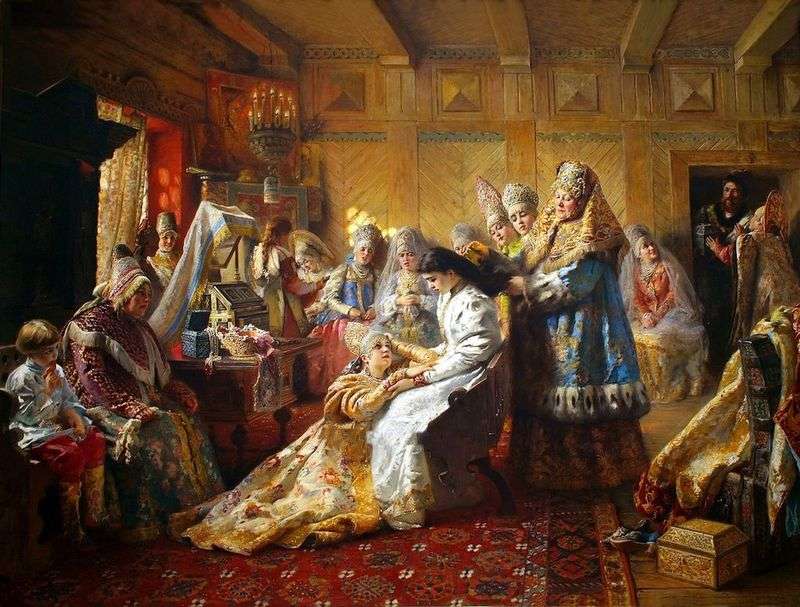 Under the crown by Konstantin Makovsky
Under the crown by Konstantin Makovsky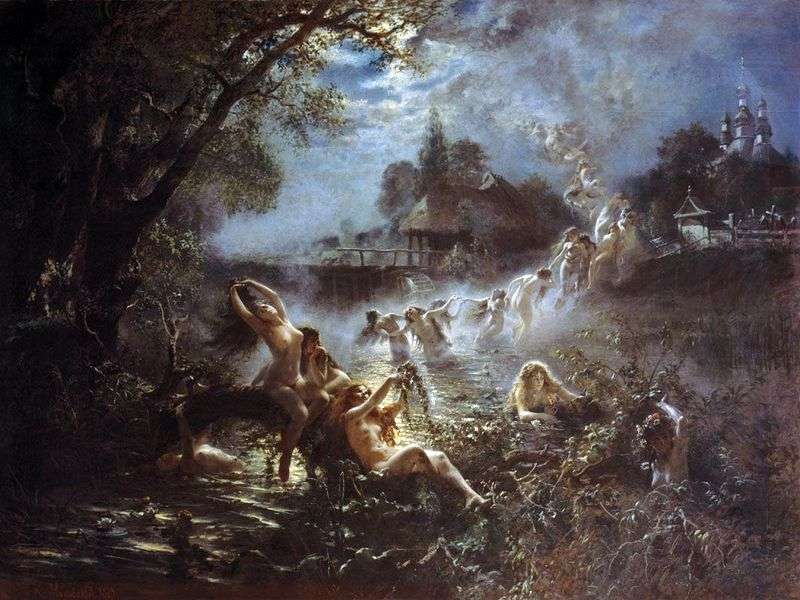 Mermaids by Konstantin Makovsky
Mermaids by Konstantin Makovsky